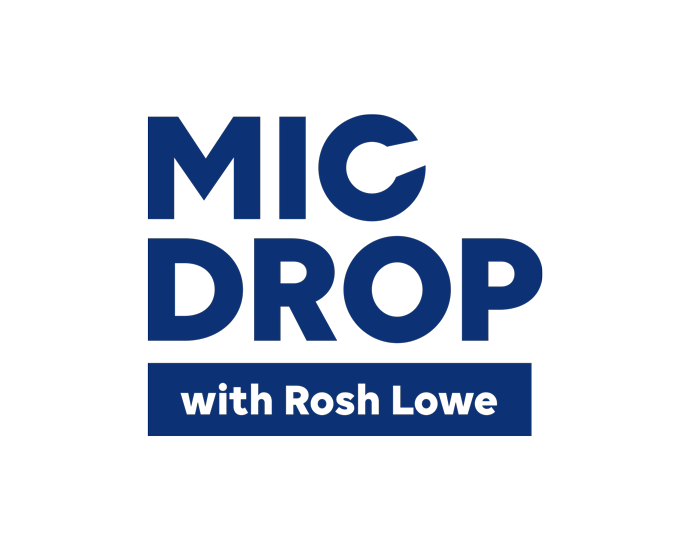I was 8 years old when I first fell in love with the power of the spoken word and the power of structured vulnerability. I was standing on the Broadway stage opposite Angela Lansbury. I played 10-year-old Patrick, who had moved to New York City to live with his Auntie Mame.
At one point in the musical, Mame, who was at a low point in her life, looked at Patrick and said, “Oh, Patrick, I’m a failure.” Patrick responded, “No, you’re not. Not to me. Not ever.”
Every night on that stage, the feeling of connection with the audience was palpable. What was happening? It was structured vulnerability: There was a plot; the audience was introduced to the characters, and they were vested in the outcome.
So why am I writing about the theater in an article about leadership and career development? I’ve found that structured vulnerability can be a powerful tool for building a team, for leading that team and for making sure the team meets the company’s goals.
I’ve had a long relationship with structured vulnerability. In both my time on stage and my two decades as a local television news reporter, I witnessed the incredible force behind honesty and realness.
I believe the single most important trait for a team is trust, which is born from open and authentic communication. How can you trust your team, your co-workers or your boss if you can’t speak to them? This process takes vulnerability. At my company, we’ve seen the power of structured vulnerability with the hundreds of employees we’ve worked with.
Most leaders want their staff to tell them when they have a problem. But in order to admit that you’re not hitting expectations, you often need to be vulnerable. This is where the problem starts for employees. They don’t want to appear weak, they don’t know where to begin and they certainly don’t want to cry.
What if I told you that it’s OK to cry as long as you do it with structure? The structure I speak of comes from my time in the theater. People connect with a message. What is the problem you’re having? They also connect with character development. The personal story connected to the message is crucial. This is how the audience gets to know the character and, more importantly, starts caring about the character. Following character development is conflict. This is when structured vulnerability can come into play. This is when you can open up, admit failures and ask for help. Because a resolution is what usually follows.
In our workshops, we make sure that upper management is involved and takes part as we prepare participants to tell their stories to the rest of the company. For example, Mike was a salesperson at a company and felt like he was disconnected from the CEO. When we started the process of finding his story, we discovered that he was bullied in grade school. He held on to this deep-seated insecurity and yearned for outside approval. When Mike was able to open up about his childhood, he was able to give a new perspective to his leader, and he was also able to express himself in terms of wanting positive feedback and opportunities.
This is the power of structured vulnerability for building a team. A team is not one-dimensional. We all have life experiences that should be added to the mix to explain the totality of a person.
Let’s go back to Mame. She admits to her 10-ten-year-old nephew that she thinks she’s a failure. It takes a little boy to remind her that she isn’t. And guess what. The audience is rooting for Mame to turn her life around.
Bracken Darrell, the president and CEO of Logitech, a technology accessories company, said something in a 2016 interview with The New York Times that stuck with me: “Early on, we defined several values in the culture that I didn’t think were there enough. One of them was speaking up, and that’s the most important one. When people go through a tough time, as Logitech had for about four years, everybody’s talking about problems. But if nobody listens to them, they stop talking about problems, so you don’t know what they are. The most dangerous thing is to be sitting in an office and nobody’s telling you what’s wrong.”
The easiest way to speak up is to understand your game plan. Have a point, but also allow yourself to be vulnerable.
Start telling your boss what’s wrong. Structured vulnerability can be one of the most effective ways to make sure you’re still working there after you’re done. It’s not about choosing between silence and vulnerability. Learn from Auntie Mame: Admit failure, but only after the audience cares about you.
If you’re a leader, start encouraging your staff to speak up. This is the foundation of true leadership. The way you motivate people is to humanize the messenger. What makes us human? This goes back to the concept of the importance of sharing your personal story. When a leader is able to combine their personal and professional narratives, they give permission to others to be vocal. This can build trust.



